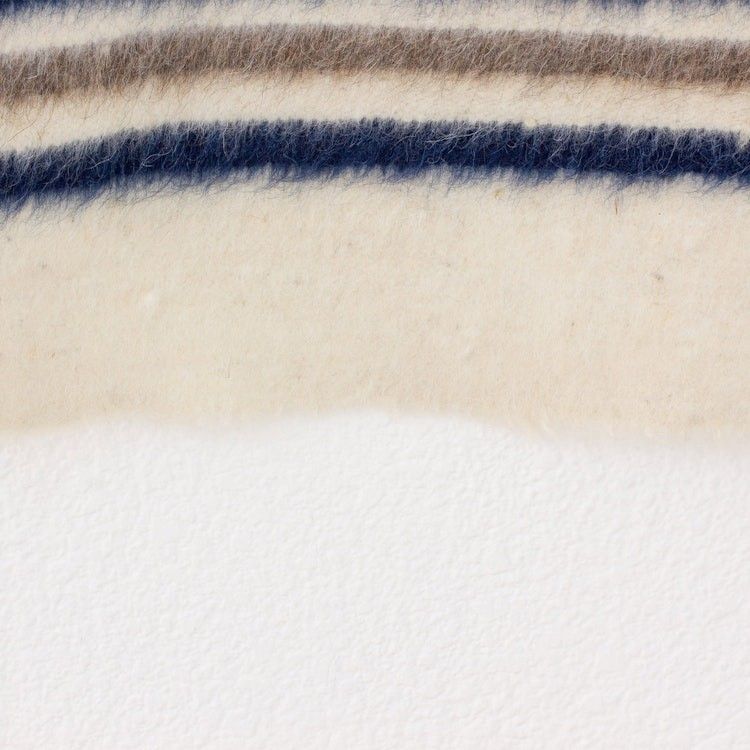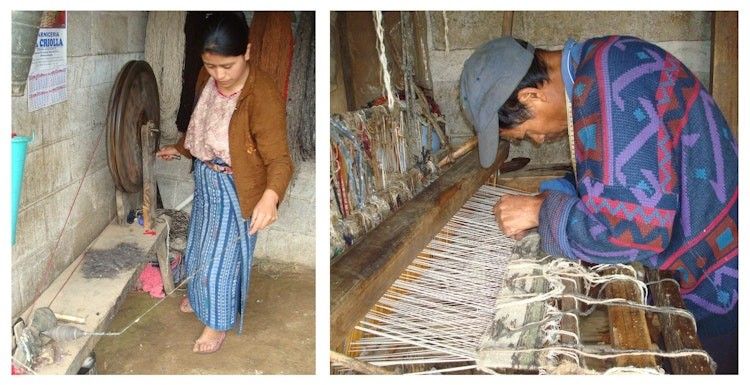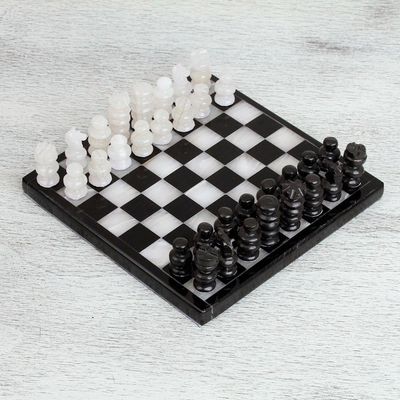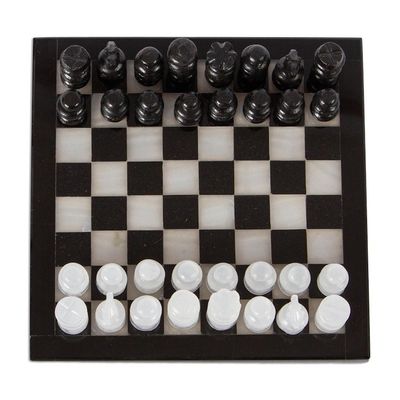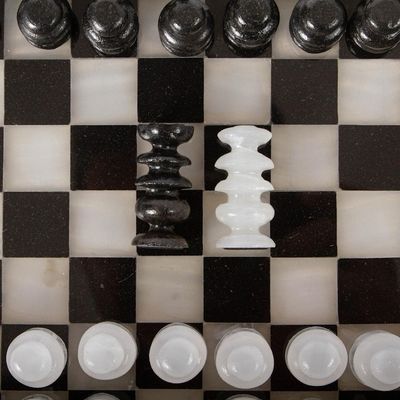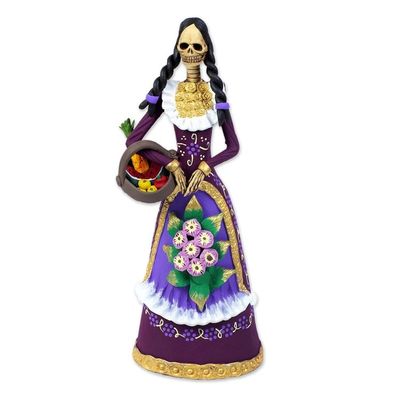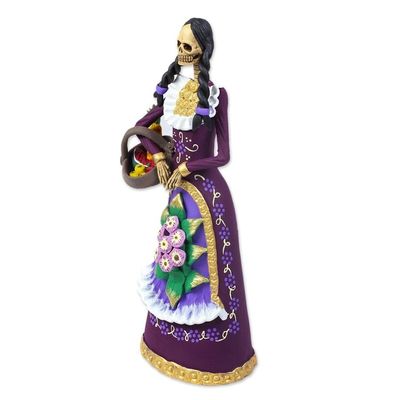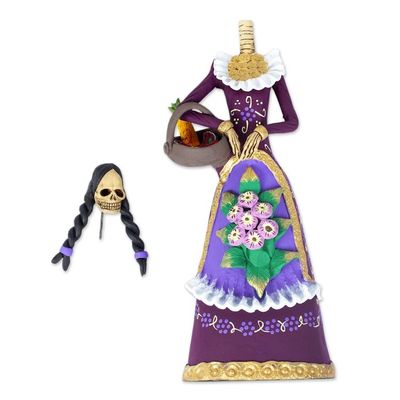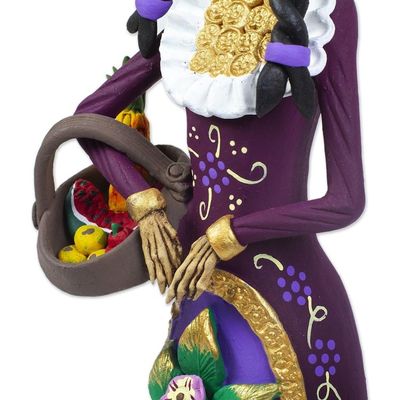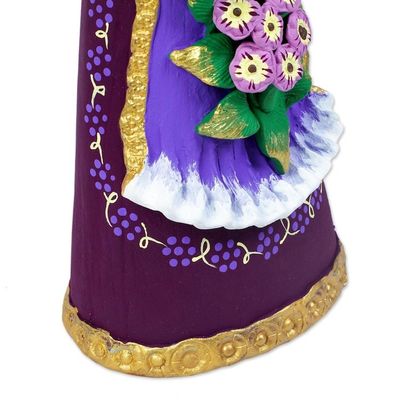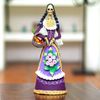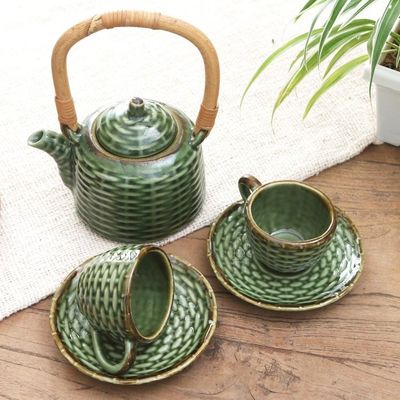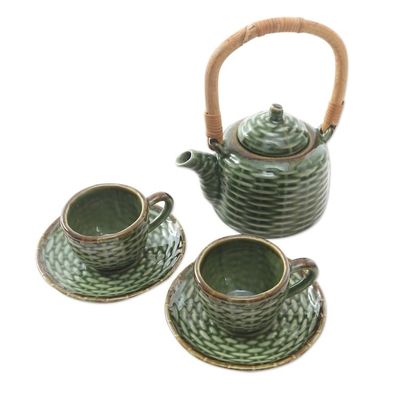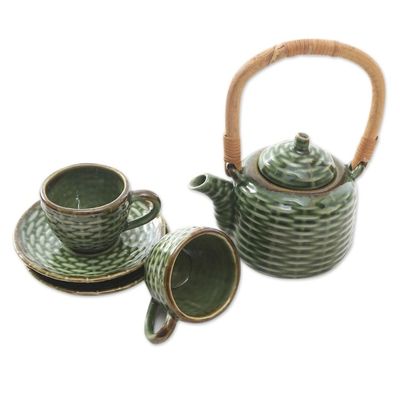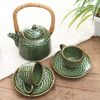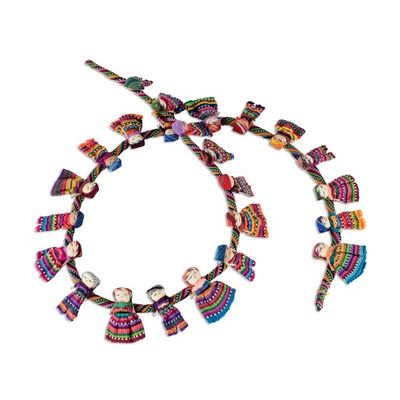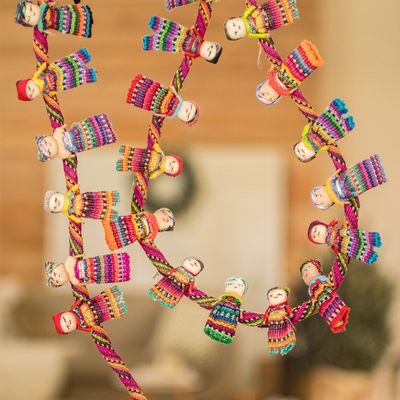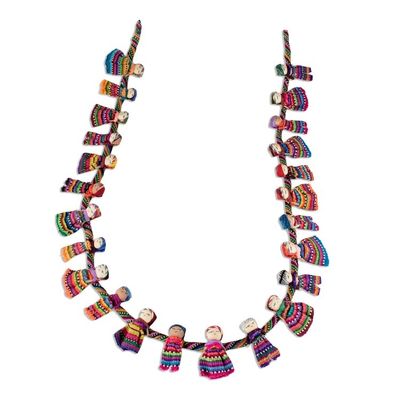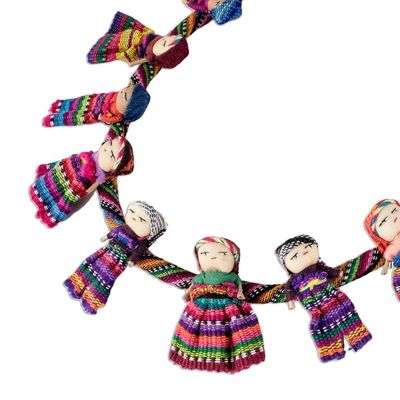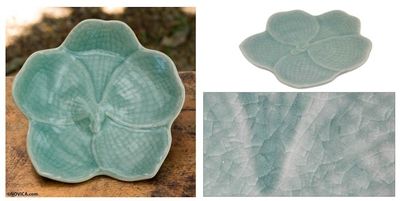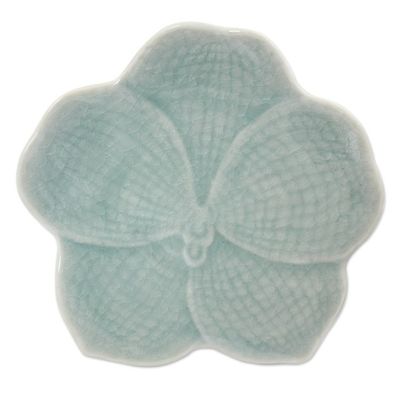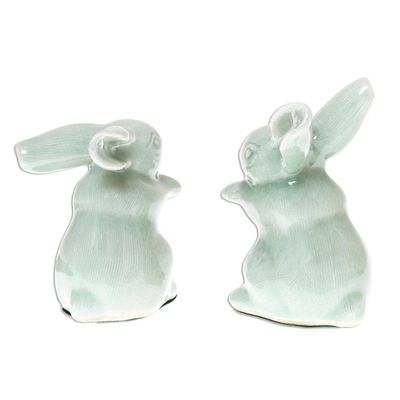
Brown and Blue Wool Area Rug 'Mountain Cabin' Item ID: 2671778102
$199.99This is your own listing item.
100% Happiness Guaranteed!
![]() Shop with Confidence
Shop with Confidence
![]() Easy 30 day returns!
Easy 30 day returns!
Other favorites
View moreMore from this maker
View all
Momosteco Weavers hand-woven rugs
Formed on April 26, 1989, the Momosteco Weavers cooperative resulted from the dream of 78 artisans. They wanted their traditional skills of weaving wool to be recognized. Their idea was that by promoting the development of each artisan, they would also be promoting the development of their families through a better income. Therefore, the group joined forces to commercialize their weavings. At the same time, they offer members training and technical assistance.
Today, the cooperative has 115 members, of which 12 are women. One of the group's most important functions is to facilitate access to credit, so that members can purchase materials and be able to work continually.
Most members have been weaving for a very long time. They learned at an early age from their parents, as the weaving tradition is passed down from generation to generation. Weaving on handlooms with foot pedals was once considered men's work, but today women also have the opportunity to learn this craft technique.
The creating process begins by carding, or brushing the fleece to clean and untangle the fibers. Then, the yarn is spun and dyed before weaving. Each person in the family has a well defined task. For example, carding is usually done by grandparents, women, and young people who help out after school. Spinning, dying and weaving are usually done by the men.
"I began learning to weave when I was eight," says Silvestre Coxaj Vicente, a member of the coop. "My father taught me. His parents were weavers and, together with my brothers, they introduced me to this art. When I was a little boy, weaving was the only economic activity that could be done in my village. With our weavings, we were able to earn money for our daily expenses. But we inherited this art from our ancestors – it's in our blood – and we hand it down from generation to generation.
"I remember my first weaving very well – it was a blanket. I wasn't able to make it entirely by myself. I needed my father's help more times than I'd like to admit," he says with a laugh. "When I finished it, my mother took it to the market to sell, as our work meant income for the family. It was so satisfying to learn that she had sold it right away. Those days were long ago. I've been weaving since 1964 and, through a lot of hard work, I've been able to have my own workshop.
"If my friends were to describe me, well, they'd say I'm a good artist with a gift for weaving, and I've been able to set up my own workshop through effort and quality work. But I still dream about innovating new designs and becoming known as one of the best weavers in my hometown.
"Just as I learned to weave from my parents, I am teaching the art to my children and grandchildren. In fact, I teach anyone who wants to learn, because I don't want our weaving techniques to be lost. They are very representative of our region.
"What I enjoy most about my work is designing new rugs and other items, and I like the process itself of weaving. No matter how many times I've done it, weaving always brings a new challenge.
"One day like this, a normal day some years ago, I was about to shrink the fabric when I slipped and fell into the pot of hot water! Fortunately, it wasn't hot enough to burn me but it scared me, and I got some bumps and bruises from the fall. Everyone there was really worried, but when they saw I was alright, they had a good laugh."


